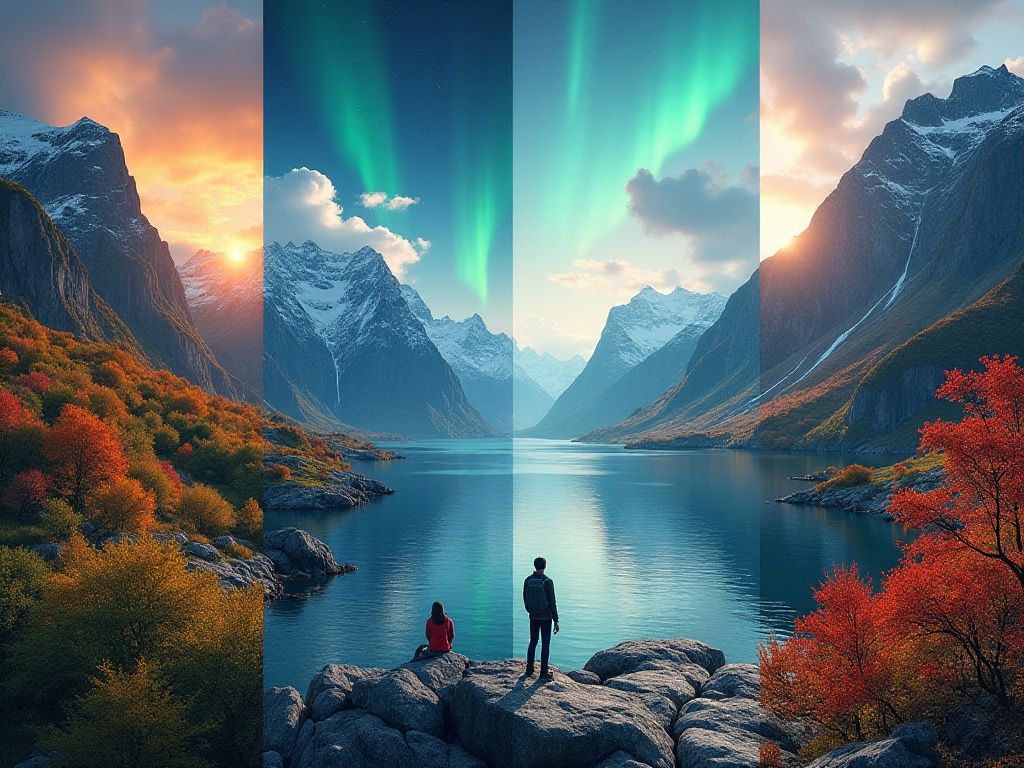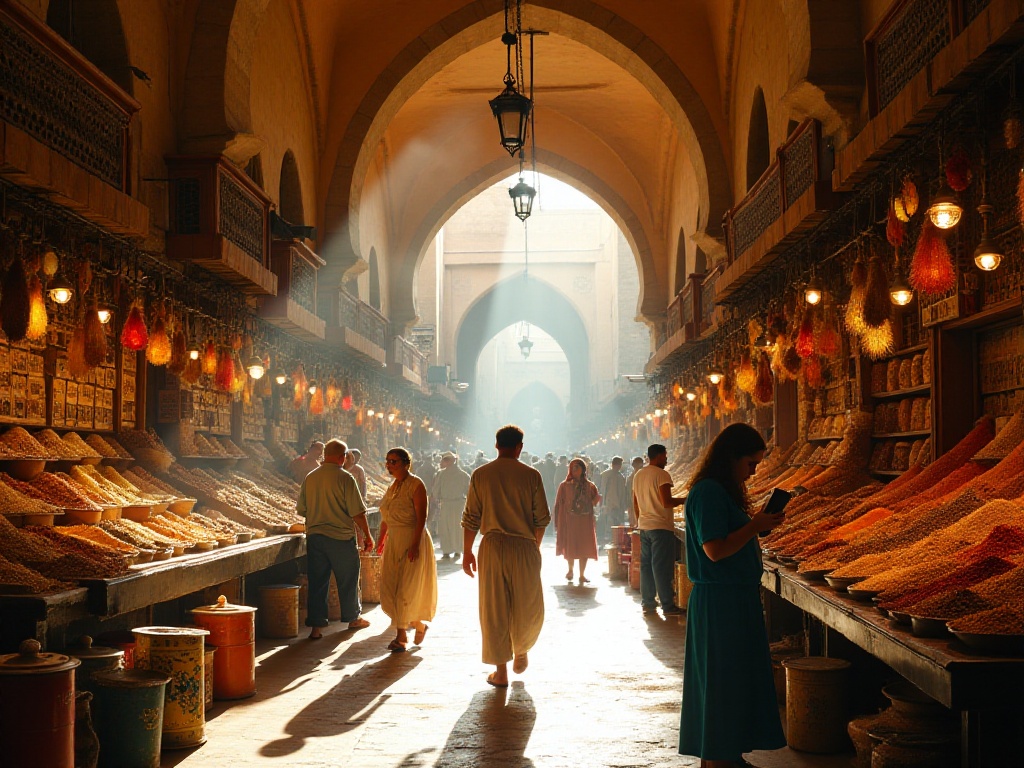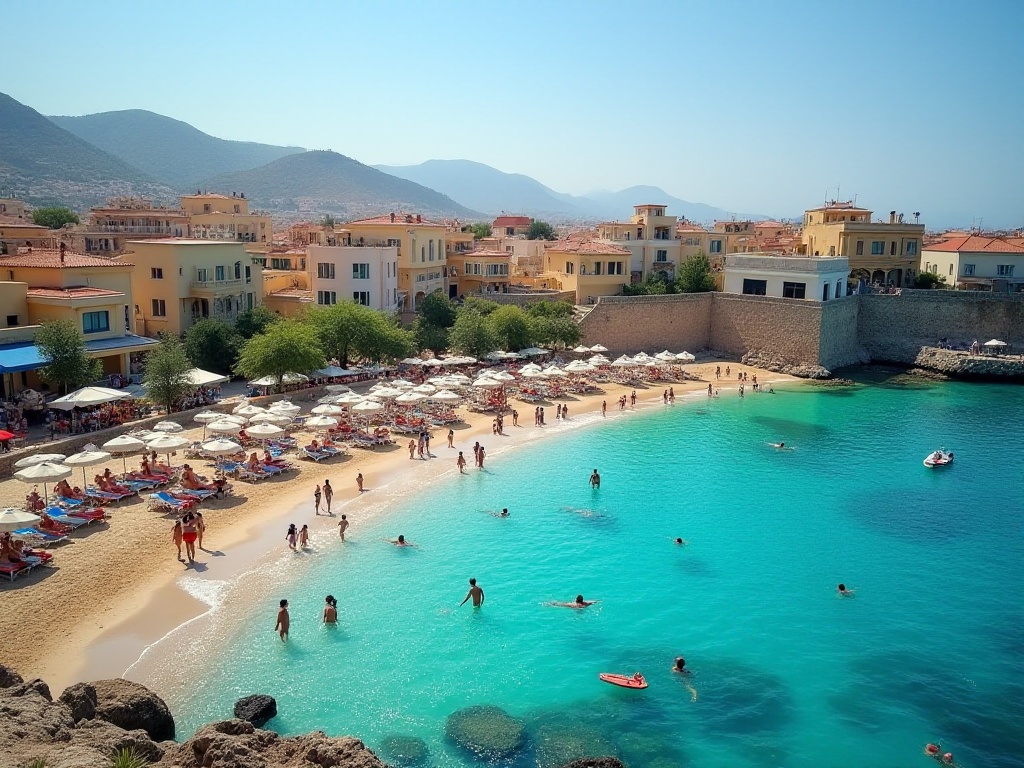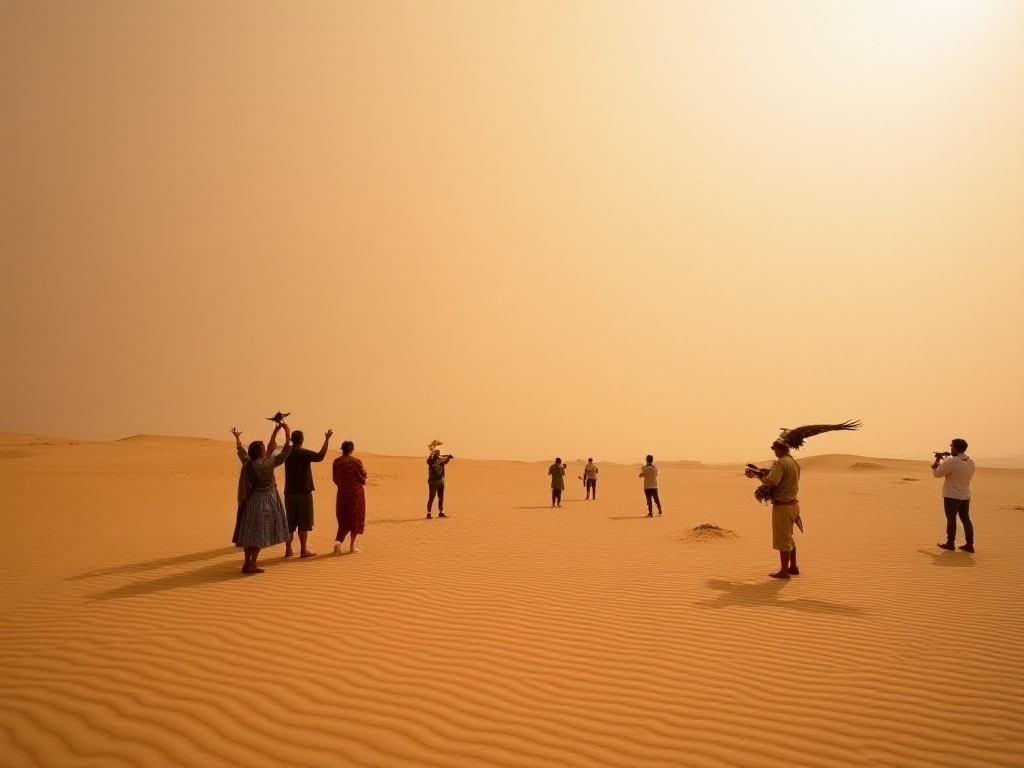Opening Words
As a seasoned traveler who has explored various parts of the world, I deeply understand the importance of choosing the right travel time. From morning cafes in Paris to midnight Times Square in New York, from the bright sun in the Southern Hemisphere to the aurora in the Arctic Circle, I've visited over 30 countries and 100 cities over the years. Each journey has reinforced my belief that the essence of travel lies not in choosing the destination, but in timing.
Whether walking through empty squares in Venice or navigating crowded streets in Kyoto, I increasingly feel the importance of timing. A place presents completely different faces at different times, and smart travelers need to find the timing that suits them best. Choosing the right time not only makes your travel budget more reasonable but also brings unexpected delightful experiences.
Three Seasons
In my view, tourist seasons are like a carefully orchestrated symphony, with each movement having its unique rhythm. Many people might think tourist seasons are simply divided into peak and off-peak, but professionally, tourist seasons include three parts: peak season, off-season, and shoulder season. Each season is like a unique story with fascinating plots unknown to many.

About Peak Season
Peak season is like a grand carnival, filled with joy and excitement everywhere. Last summer, my experience in Japan perfectly illustrated what "following the crowd" means. In Tokyo, just to visit Uniqlo in Ginza required an hour of queuing. In Akihabara, popular figure shops were so crowded that even getting inside took considerable effort.
Accommodation prices were jaw-dropping. In central Tokyo, even a regular business hotel started at 2,000 RMB per night. I remember once wanting to extend my stay for one more night but had to give up after seeing the prices. In Kyoto, hotel prices in the city center were even more daunting, with many characteristic guesthouses requiring bookings six months in advance.
However, there are strategies for peak season travel. Through multiple attempts, I've developed some practical tips. For instance, in Kyoto, I deliberately chose to stay in the Arashiyama area. Though slightly far from the city center, prices were only half of those downtown. Most delightfully, by waking up at 5 AM, I could have the Arashiyama bamboo grove entirely to myself. When morning light penetrated the bamboo forest and gentle breeze touched my face, it created an experience you won't find in any travel guide.
During peak season, many popular attractions become overcrowded. But if you're willing to wake up an hour or two earlier, you can enjoy a completely different experience. At Kiyomizu Temple in Kyoto, I arrived at the site at 6 AM, not only witnessing monks' morning rituals but also enjoying the thousand-year-old temple's serenity as the sun rose.
Off-Season Strategy
When it comes to off-season travel, many people's first reaction is "forget it." But I would say it's actually a must-choose time for wise travelers. Last January, during Venice's coldest season, I had an unforgettable journey. In St. Mark's Square, there were more pigeons foraging leisurely than tourists, and I didn't have to worry about other tourists interrupting my photo composition.
During off-season, you can enjoy top-tier accommodation at extremely favorable prices. I stayed at a characteristic inn by the canal in Venice for just over 300 RMB per night. The same room would cost at least 1,000 RMB during peak season. The room's balcony overlooked a typical Venetian small canal, where I could watch locals delivering fresh produce by boat in the morning - an authentic Venetian life scene rarely experienced during peak season.
However, choosing off-season travel indeed requires thorough preparation. My experience in Morocco's Sahara Desert taught me a profound lesson. It was winter, and we encountered an unexpected sandstorm, forcing us to cancel many long-anticipated outdoor activities. Therefore, I suggest thoroughly understanding the destination's climate characteristics and possible weather conditions before choosing off-season travel.
Off-season travel has another significant advantage: better experiencing local life. Without crowds of tourists, you can truly feel a city's daily life. For instance, in Venice, I had opportunities to chat with local cafe owners and learn stories not found in tourist guides; in Florence's market, I could leisurely select fresh ingredients and experience Tuscan food culture.

Secrets of Shoulder Season
Shoulder season is my favorite travel time, like the "golden period" of travel. My experience in Turkey last September is the best example. The weather was perfect then, neither hot nor cold, ideal for outdoor activities. In Cappadocia, hot air balloon rides were particularly affordable, costing only 1,200 RMB for the same experience that would cost over 2,000 RMB during peak season.
Most delightfully, the flow of tourists during shoulder season is particularly moderate. It's neither crowded like peak season nor quiet like off-season. At the Open Air Museum in Cappadocia, I could leisurely appreciate the murals in every rock church; at Pamukkale, I could find perfect photo angles without worrying about other tourists entering the frame.
Another advantage of shoulder season is that locals are more friendly. Without the fatigue of peak season or the loneliness of off-season, locals interact with tourists in their most natural state. In Turkish markets, I often encountered enthusiastic vendors offering their special snacks for tasting, and sometimes even received small gifts.

Seasonal Experiences
Each season is like a unique painting, showing different scenery and stories. Last summer in Alaska, I experienced the magical midnight sun. At 11 PM, the sun still hung high in the sky, bathing the entire city in golden light. Sitting by the sea in Anchorage, watching the sun refusing to set, that surreal feeling became an unforgettable memory.
In Japan's autumn, I witnessed nature's most brilliant color symphony. From Arashiyama in Kyoto to Meiji Shrine in Tokyo, fiery maple leaves decorated the entire city into a richly colored watercolor painting. Every corner held surprises, every garden was a masterpiece.
Winter in Finland brought me a completely different experience. During the polar night in Rovaniemi, lying in a glass-domed hotel room, I watched green auroras dance across the night sky. That feeling of complete unity with nature is beyond words.
Spring in the Netherlands made me feel the vitality of earth's revival. In Keukenhof Park, countless tulips swayed in the breeze - red, yellow, pink - forming a brilliant color pattern. Cycling through tulip fields, smelling the mixture of soil and flower fragrance, that spring-specific vitality was refreshing.
Practical Advice
Based on years of travel experience, I've summarized some practical suggestions. If you want to save money, off-season is definitely the best choice. But make sure to prepare thoroughly, including checking historical weather data, preparing appropriate clothing, and making backup plans.
If seeking value for money, shoulder season is the best choice. But start preparing at least 3 months ahead, including booking flights and hotels. Many people know the benefits of shoulder season, so some popular attractions and accommodations get booked up early.
If you must travel during peak season, consider choosing relatively less popular destinations or staying slightly away from city centers. For example, in Paris, choose to stay in Montmartre instead of crowding near the Champs-Élysées; in Tokyo, choose Kichijoji instead of insisting on Shinjuku or Shibuya.
Additionally, I particularly recommend considering the destination's holiday schedule when making travel plans. Some places might close attractions or change business hours during specific holidays, which needs to be understood in advance.

Concluding Thoughts
Choosing travel time is essentially choosing an experience style. You might prefer peak season's lively atmosphere, feeling holiday joy among crowds; or favor off-season's tranquility, enjoying the beauty of solitude; or prefer shoulder season's balance, neither too crowded nor too quiet.
In my view, there's no absolute best travel time, only the time that suits you best. This depends on multiple factors including your budget, schedule, and personal preferences. The important thing is making wise choices based on your specific circumstances.
Each journey is a unique experience, bringing unexpected gains. No matter when you choose to depart, as long as you maintain an open mind, you'll definitely discover your own wonderful story. When do you prefer to travel? Everyone has their own answer, and I look forward to hearing your thoughts.








